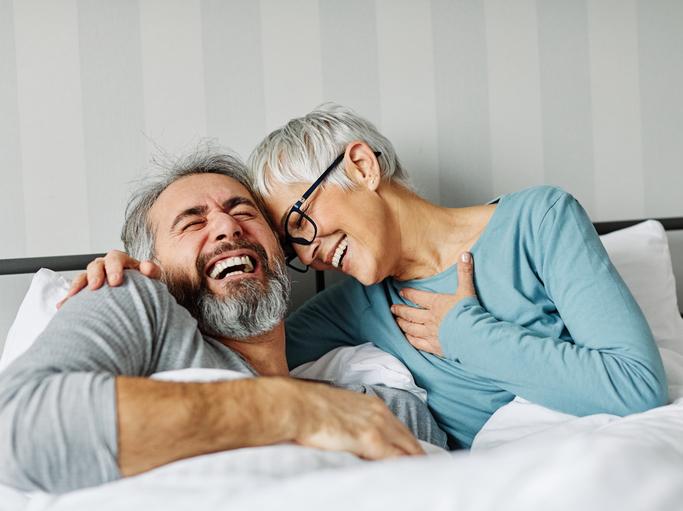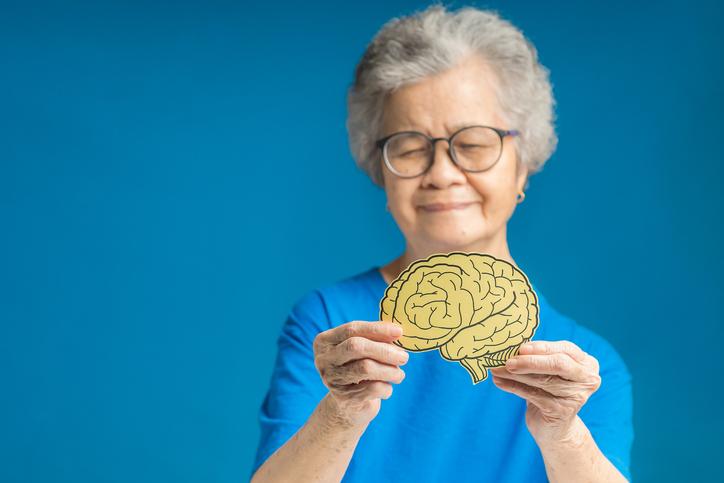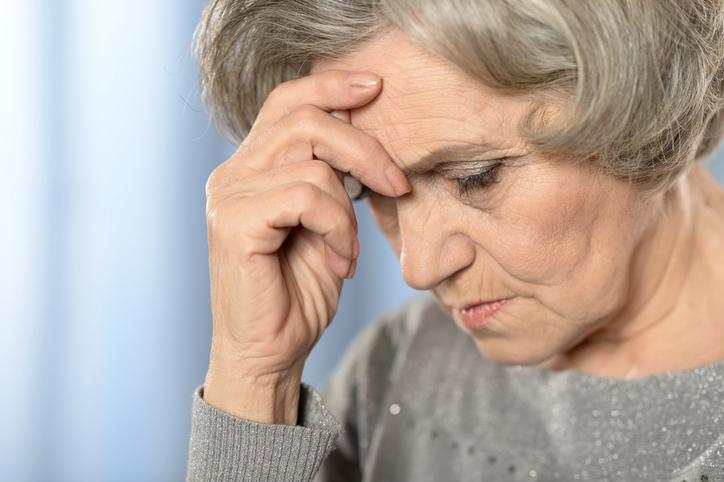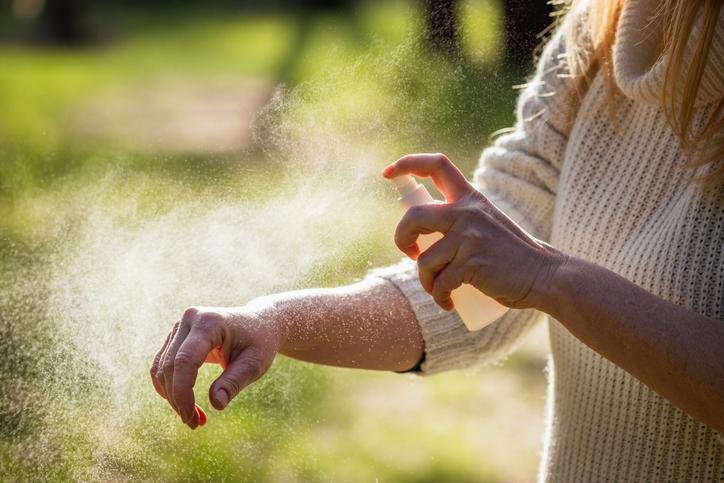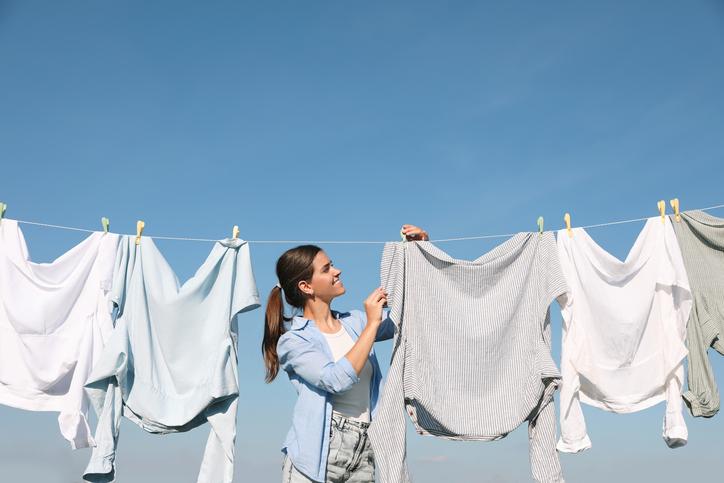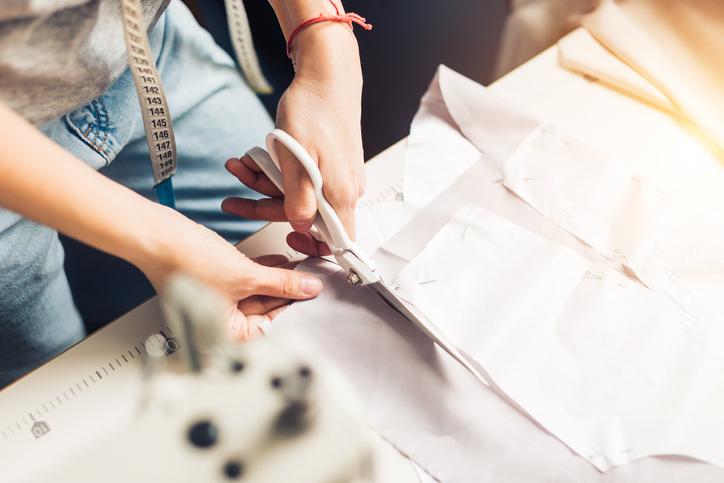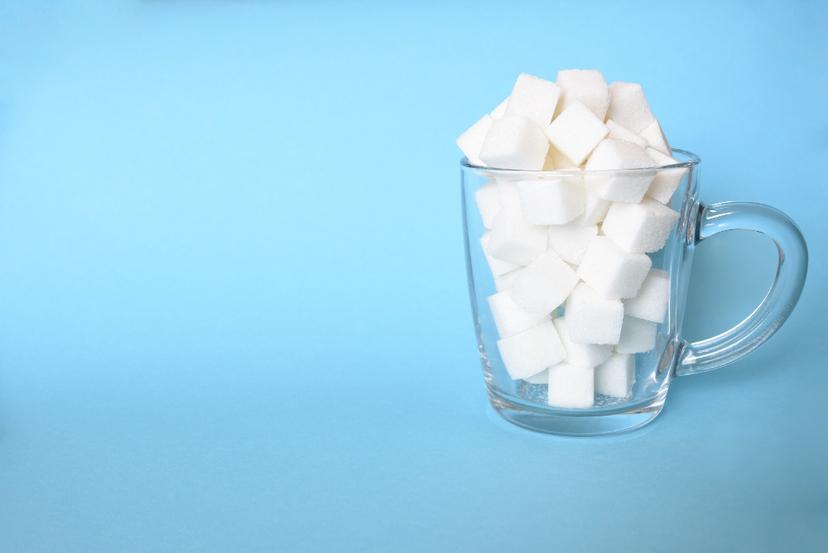14 января 2022
How to Tell When You’re Ovulating


14 января 2022
How to Tell When You’re Ovulating
## Home methods
__Measuring the basal temperature__: this is best done in the morning when you should measure the temperature in the anus. While there is no ovulation, it will be 97–97.3 °F, and at the beginning of [ovulation](https://ul.orna.me/KOge/librarydisease?id=4) will rise to 98.2–99 °F (in rare cases and higher).
__The downside__: any [inflammatory](https://ul.orna.me/KOge/librarydisease?id=78) process in the body will also cause the temperature to rise.
__Mobile apps__: you mark the first day of your period in an electronic calendar, and based on this the app calculates the days of ovulation and the expected date of your next period.
__The downside__: the menstrual cycle is affected by many factors — for example, stress, an acute respiratory infection, a change of time zones, a flight, and more. Therefore, you can use your data only as a reference point, which requires additional confirmation.
__Ovulation test__: its operating principle is similar to the pregnancy test: the test strip is impregnated with a compound that reacts to the hormonal status. The test is dipped in urine, and at ovulation, it shows two lines.
__The downside__: the tests often give false-negative results if improperly stored or if an expired reagent is used.
## The medical approach
__Folliculometry__ is a series of ultrasounds of the ovaries, tubes, and uterine cavity: the doctor will record the stages of development of the follicle and be able to say exactly when the optimal time for conception (or conversely, the days when it is better to observe sexual rest, so that conception does not occur). It usually requires 3–5 studies: on the 9–11 days of the cycle, and then every two days before ovulation. Ultrasounds can be done trans-abdominally or transvaginally. The optimal method will be chosen by the doctor in advance.
The absence of ovulation for 1–3 months in women under 35 years of age does not indicate anything about their fertility and health alone. But if ovulation does not occur for longer than 3 months, then it makes sense to see a doctor. At older ages, intervals maybe 6 months or even more.


